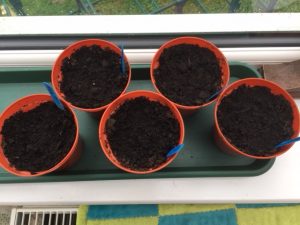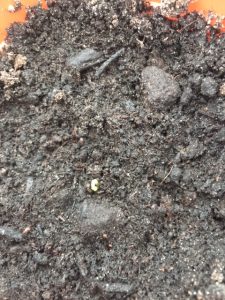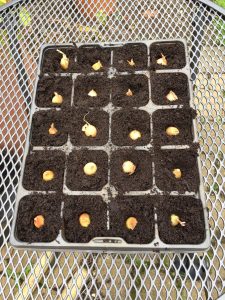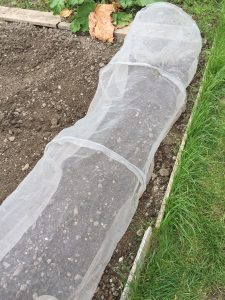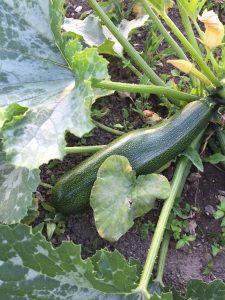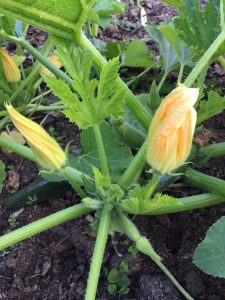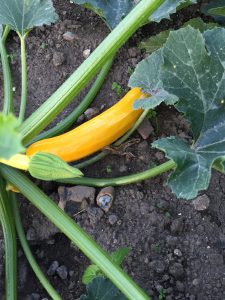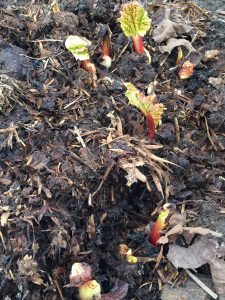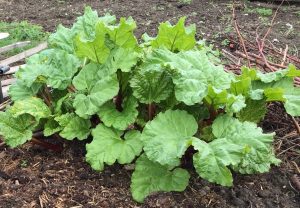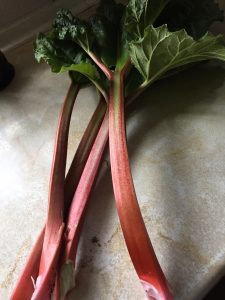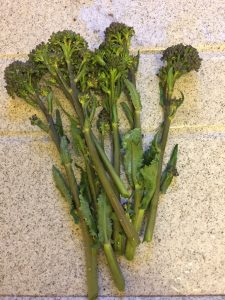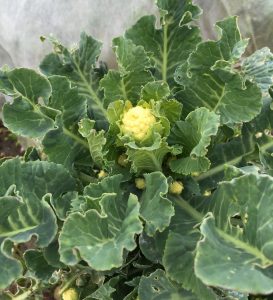It may seem strange to be writing a post about what to sow in April, when April has nearly been and gone. However, this year has been a classic example of allotment gardeners needing to be guided by the weather and not by what it says on the back of a seed packet.
Normally, you would be able to sow most things from the end of March and into April. Generally the ground has warmed up sufficiently for seeds to be sown outside on our plots if they are being sown direct. However, if you remember, mid March saw a blanket of snow here in Hertfordshire which put paid to any idea of getting the season started for several weeks. The weather has improved greatly since, to the extreme of having a mini heatwave a week ago.
So what can you do when the weather is so up and down? Fleece or mini polytunnels can be used to warm seed beds and areas where direct sowing is going to be taking place, and can also be employed if the overnight temperatures plummet.
Root crops such as beetroot, radish, early carrots and parsnips can be sown this month. Make a narrow drill and sow the seeds thinly, cover up, water and hope! I often feel my first sowings don’t take. Beetroot can be started off in modules if you prefer and then transplanted once they have put on a bit of growth. Some people sow radish and parsnips in the same row. Radish will germinate quickly and can often be harvested before the parsnips (which are particularly slow to germinate) get going. I like to sow my parsnips in groups of three. The seeds are quite large and relatively easy to handle and if you get a little cluster of similar looking ‘weeds’ growing, you know it’s the parsnips!
Brassicas can also be sown now either in a seed bed or in modules. Whilst they are quick to germinate, they can be a bit high maintenance after that and don’t like being moved too often and then there’s the constant battle against the dreaded cabbage white butterfly and white fly.
If you are growing flowers, many of these can be started now. Some require direct sowing whilst others prefer to be sown in modules.




